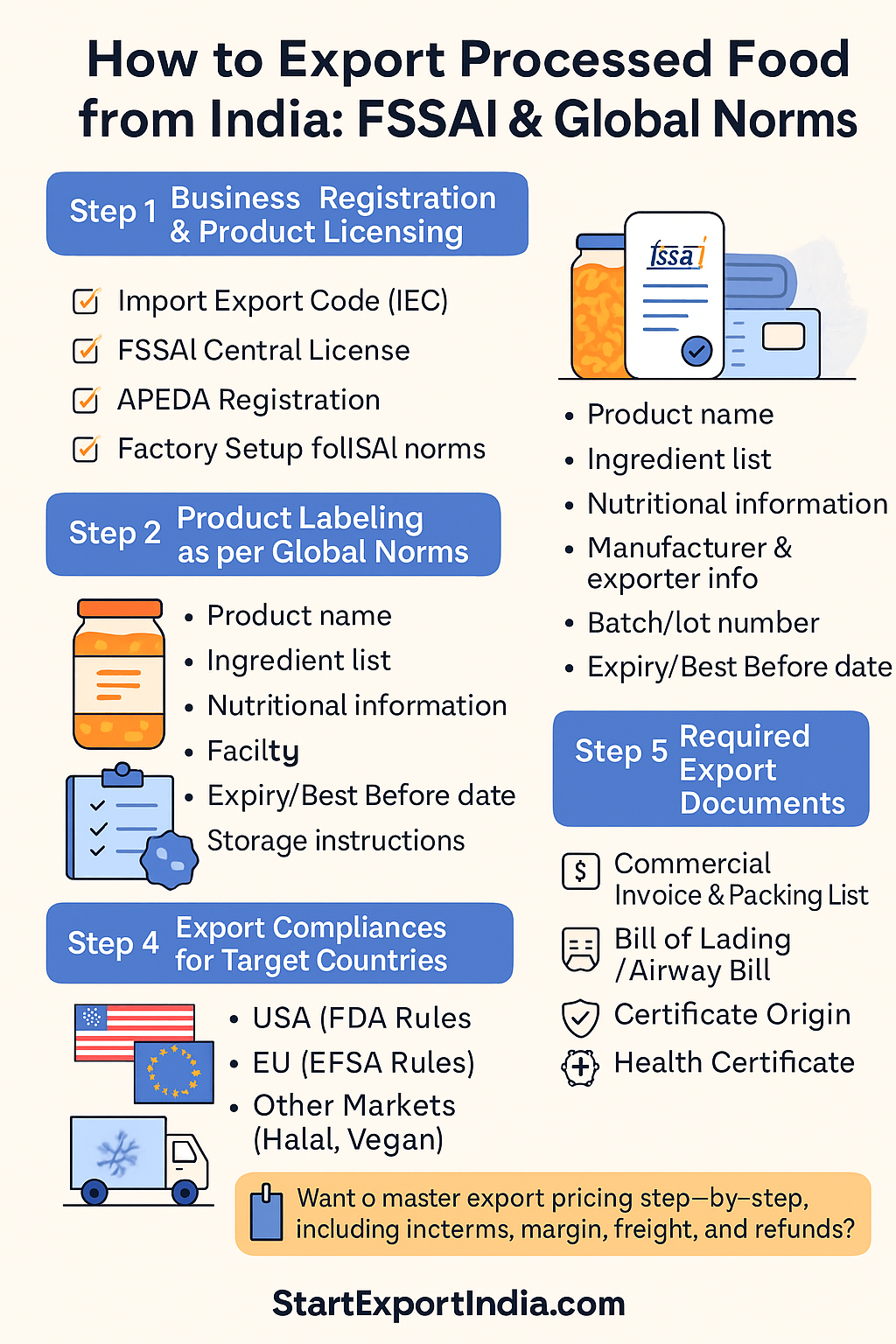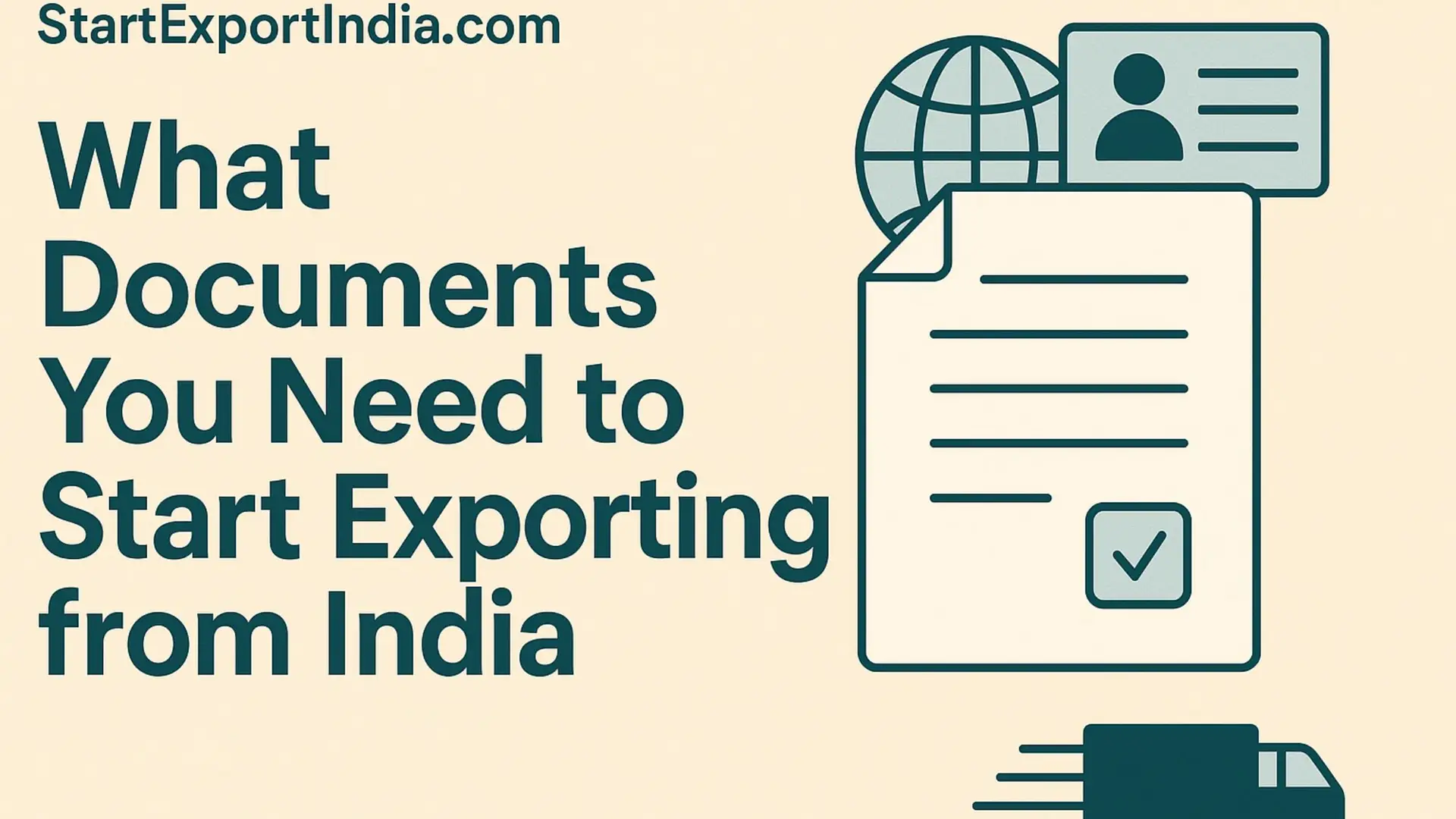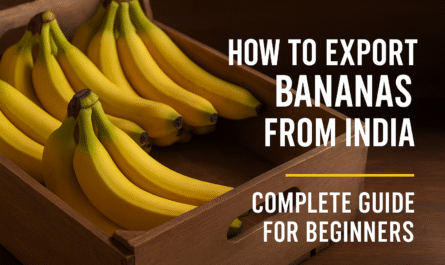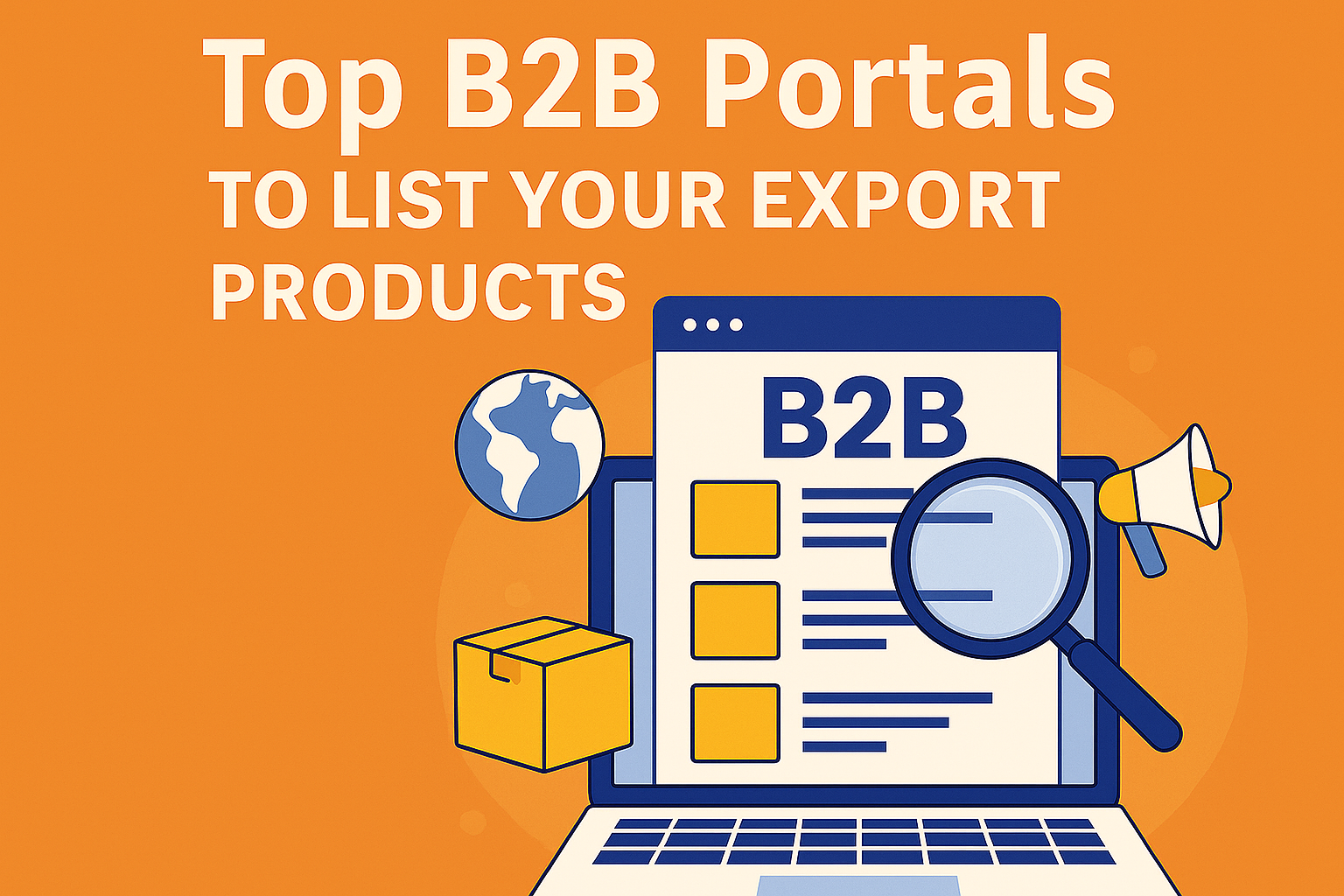How to Export Processed Food from India: FSSAI & Global Norms
With India’s booming food processing sector and rising demand for ready-to-eat and packaged foods worldwide, processed food exports present a golden opportunity. However, navigating FSSAI rules, global labeling laws, and cold chain logistics is key to ensuring product compliance and international acceptance.
Here’s a complete guide on how to export processed food from India.
✅ Step 1: Business Registration & Product Licensing
To begin exporting, ensure the following:
- Import Export Code (IEC) – from DGFT
- FSSAI Central License – mandatory for food manufacturing/export
- APEDA Registration – for agro and processed food support
- Factory Setup – must follow FSSAI safety and hygiene norms
Tip: Keep your FSSAI license and product approval updated, especially for multi-ingredient foods.

📦 Step 2: Product Labeling as per Global Norms
Every country has strict labeling standards. Make sure your labels include:
| Mandatory Info | Notes |
|---|---|
| Product name | With category (e.g., ready-to-eat, baked) |
| Ingredient list | In descending order of weight |
| Nutritional information | Per 100g/ml |
| Manufacturer & exporter info | With country of origin |
| Batch/lot number | + Expiry / Best Before date |
| Storage instructions | Especially for perishable items |
💡 For exports to the EU, labeling must follow EFSA norms.
For the USA, follow FDA’s Food Labeling Guide (21 CFR).
❄️ Step 3: Cold Chain Logistics for Perishables
For frozen or temperature-sensitive items like dairy, meat, or frozen meals:
- Use refrigerated containers (reefers)
- Data loggers to track temperature across transit
- Work with certified cold chain logistics providers
- Exporter must declare temperature maintained during shipment
Tip: EFSA and FDA may reject shipments that show temperature abuse.
🌍 Step 4: Export Compliances for Target Countries
🇺🇸 USA – FDA Rules:
- Facility must be FDA registered
- Prior notice must be filed before shipment
- Follow Food Safety Modernization Act (FSMA) compliance
🇪🇺 EU – EFSA Rules:
- Follow Regulation (EC) No 178/2002
- Include traceability systems
- Label allergens and additives clearly
🌐 Other Markets:
- Halal Certification (Middle East, Malaysia)
- Vegan/Organic Logos (if applicable)
📄 Step 5: Required Export Documents
- Commercial Invoice & Packing List
- Bill of Lading / Airway Bill
- FSSAI License Copy
- Certificate of Origin
- Health Certificate / Phytosanitary Certificate
- Temperature logs (for perishable goods)
- Product Test Reports (optional, but recommended)
✅ Conclusion
Processed food exports from India can be highly profitable — but only with strict compliance to domestic (FSSAI) and international (FDA/EFSA) food safety standards. Packaging, temperature control, and labeling are critical to avoid rejections.
👉 Want to master export pricing step-by-step, including Incoterms, margin, freight, and refunds?
📘 Grab our ₹299 beginner-friendly guide:
Start Exporting from India in Just 30 Days
Visit 👉 StartExportIndia.com



